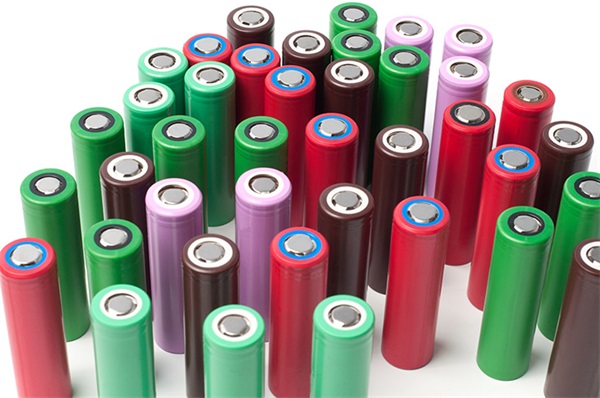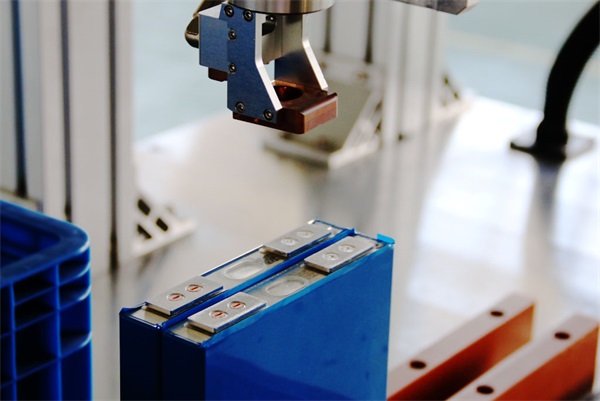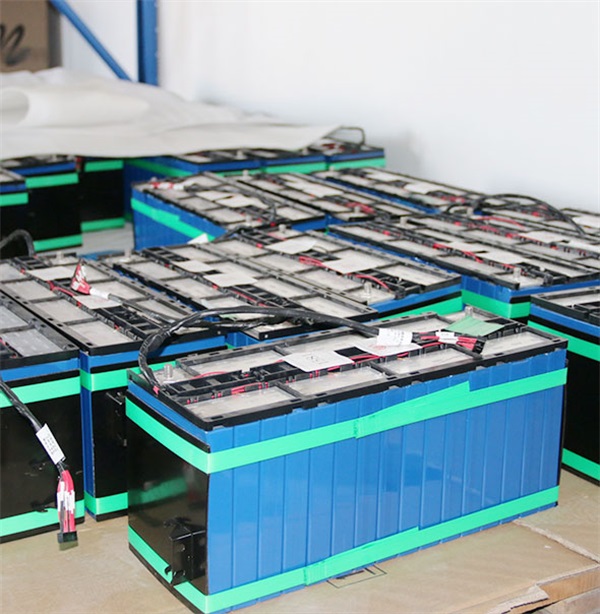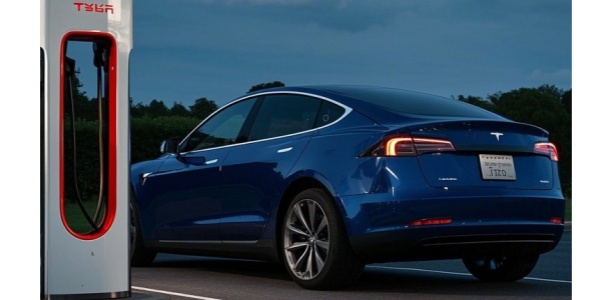Selecting Between Lithium Ion Cylindrical Battery and Prismatic Battery Cells
During our consultations with clients, we often receive the question: "Should I choose Prismatic batteries or cylindrical batteries?" This highlights the fact that different clients have varying needs depending on their power supply equipment. Currently, there are four common types of lithium batteries on the market: button cell, Prismatic, pouch, and cylindrical. In this article, we will address the two popular lithium battery options—cylindrical and Prismatic batteries—based on client feedback, detailing their advantages and disadvantages to help our customers choose the most suitable battery for their needs.
Lithium-ion Cylindrical Battery Cells
Lithium-ion cylindrical batteries are the most commonly used cells in battery packs, thanks to their unique design, which helps prevent the electrode material from breaking down even under heavy usage. In addition, cylindrical batteries offer better temperature control compared to prismatic batteries. Their design also supports efficient automation during manufacturing, allowing for faster production, lower costs, and greater consistency in battery quality. Because of these advantages—faster production, cost-effectiveness, and long lifespan—cylindrical cells are an economical choice for many applications.

However, the cylindrical shape poses a challenge for space optimization compared to prismatic cells, as they take up more room in battery-powered devices.
Inside a cylindrical battery, multiple cells are connected and operate in parallel, increasing the overall voltage and capacity of the battery pack. Smaller cylindrical batteries are commonly used in portable electronics like medical devices and laptops, while larger cylindrical batteries are often chosen to power electric vehicles, including those made by Tesla.
Lithium-ion Prismatic Batteries
A prismatic lithium battery can be encased in either steel or aluminum, which enhances the stability of the battery. This design makes prismatic batteries thin, light, and space-efficient. The rectangular shape of prismatic batteries allows for better layering than cylindrical batteries, offering more flexibility for battery design engineers. For consumer electronics like smartphones and tablets, where mobility is crucial, prismatic batteries are often the preferred choice due to these features. Additionally, their larger capacity makes them suitable for creating compact battery packs, such as a 12V battery pack formed by connecting four prismatic batteries. As a result, prismatic batteries are commonly used in large power applications like energy storage systems.

While the efficient use of space makes prismatic batteries appealing, they have their downsides. The poor performance of one prismatic battery can impact the entire battery pack’s performance. The higher capacity also increases the risk of battery inconsistency and short circuits, making it more costly to design and manufacture prismatic batteries properly. Moreover, they are less effective in thermal management and more sensitive to deformation under high pressure. The limited number of standardized battery sizes and a higher average kWh price contribute to the rising costs of prismatic batteries.
How to Select Your Battery Cells
Lithium prismatic batteries are one of the battery types offered by EnergyX and are an excellent choice for applications that require frequent cycling and long service life. To ensure stability, prismatic batteries are encapsulated with a thin aluminum or steel casing, achieving the same packaging efficiency as lithium pouch batteries, up to 95%.
Prismatic batteries have outstanding thermal characteristics, requiring less cooling per unit of energy compared to cylindrical lithium batteries. Moreover, prismatic batteries offer excellent cycle life even under high and variable loads, which often negatively affect the life of other lithium batteries. The cycle life of prismatic batteries is four times higher than that of cylindrical lithium batteries, significantly reducing operating and ownership costs.

The large-sized prismatic batteries we offer come in various battery sizes and derivatives to meet specific and unique performance requirements, including energy density, power density, safety, performance, lifespan, and cost. They are an excellent choice for electric vehicle power systems and energy storage systems.
If your lithium battery application requires high power, long lifespan, and good performance, without focusing much on space efficiency, cylindrical batteries may be your choice. Otherwise, if your application requires a battery that fits into limited space and can accept a higher price, prismatic batteries may be a better fit. And cylindrical cells are excellent for high-power needs, prismatic cells are ideal for applications demanding high energy density.
When you're unsure about which type of lithium battery or lifepo4 battery cell to use, consider partnering with an experienced company like Energyx, which can provide power solutions tailored to your specific needs and help you make an informed purchasing decision.

